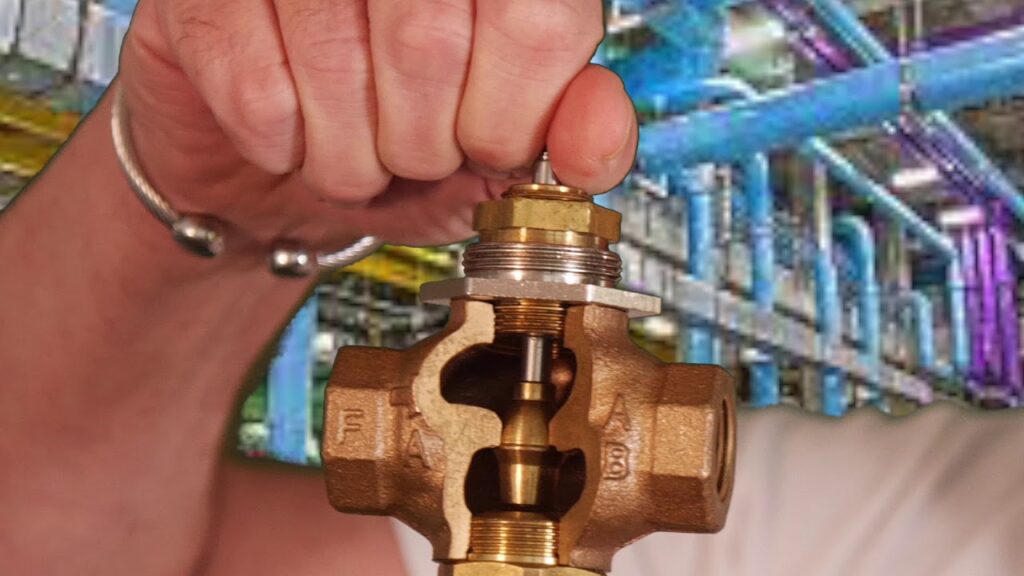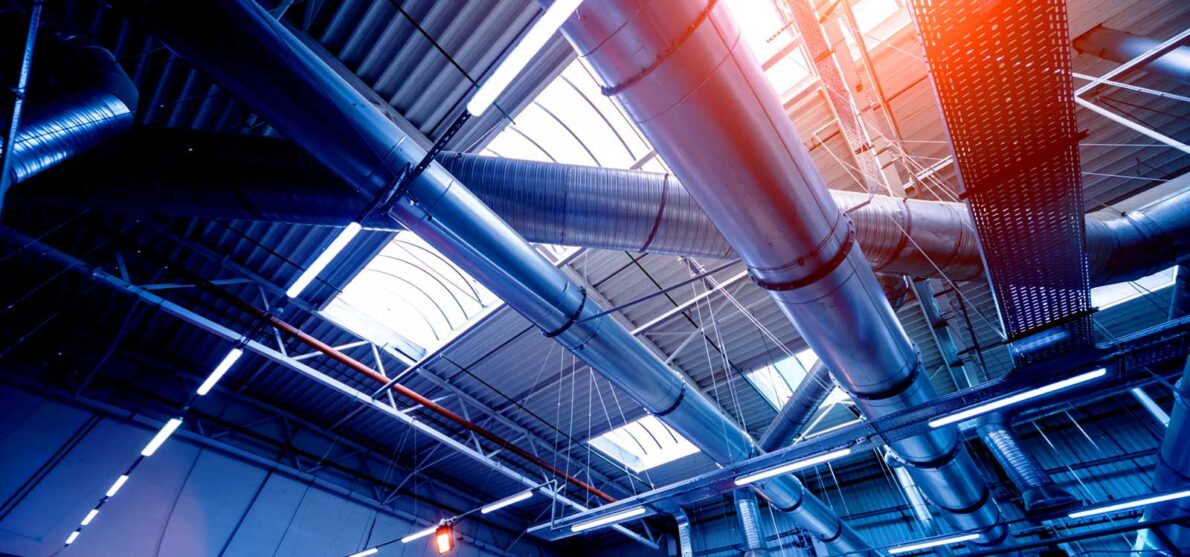When it comes to heating, ventilation, and air conditioning (HVAC), there is no one part of the system that is more important than another. While most people are familiar with the main components of an HVAC system—the blower, condenser, evaporator coil, and furnace filter—it’s often the smaller pieces that make the biggest difference.

Preventing Over Heating
It’s important to maintain the temperature in your home or business. If it gets too hot, you can damage your HVAC system and cause other problems.
This valve is a device that regulates the flow of liquid or gas through a pipe or tube by opening or closing its passageway. The control valves are often used in conjunction with pumps and motors to regulate pressure within an enclosed space (such as an air conditioning system).
Preventing Under Heating
A thermostat is a device that measures the temperature of your home and then turns your heating or cooling system on or off.
The difference between a thermostat and temperature control: A temperature control maintains the set point you choose by turning itself off when it reaches that level, whereas a thermostat keeps running until you turn it off manually.
Preventing System Pressure Problems
Pressure problems are one of the most common HVAC control valve issues and can be caused by too much or too little airflow. When there’s not enough air moving through your system, it takes longer for your heating/cooling equipment to bring the temperature up or down.
This can lead to higher bills and damage over time if left unchecked. In addition, if there is too much airflow through a system that’s designed for less than optimal airflow rates, there may be excessive wear on parts such as compressors and fans due to excessive vibration or increased friction caused by excess speed (which requires more power).
Controlling Airflow
Airflow is important to the operation of a furnace or air conditioner, as it helps move heat through your home’s ductwork. If you don’t have control over this flow of air, then it can cause problems with how your system operates. For example:
- If there isn’t enough airflow going into the furnace, then it won’t be able to produce enough heat for you during colder months when temperatures drop below what they were designed for (usually 68 degrees F). This could lead to freezing pipes in basements and crawlspaces near furnaces where pipes may not be insulated properly; this in turn could cause them burst from pressure buildup inside them due to expansion caused by freezing water inside them expanding as ice crystals form on surfaces within those pipes’ walls as well as from expansion due simply being heated up by friction caused by moving through pipes at speeds faster than normal rates.

